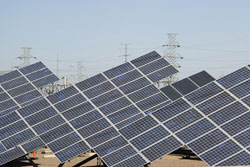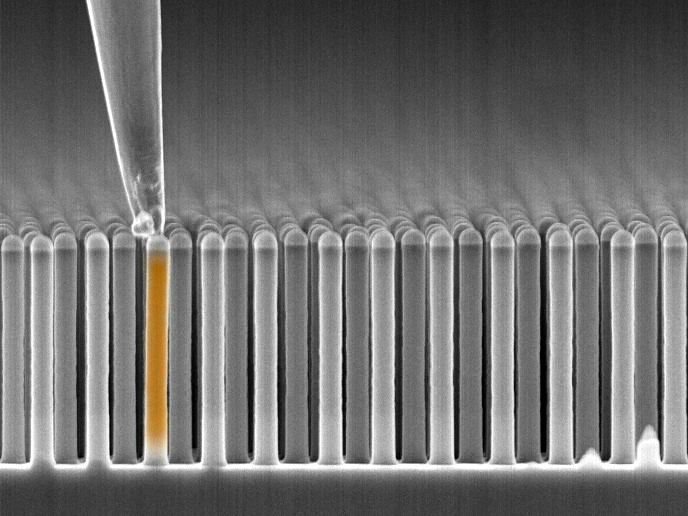Semiconductor waste makes highly efficient solar cells
The available stores of high quality silicon have been declining as the popularity of solar cell applications continues to rise. The NESSI project was conceived to investigate the feasibility of alternative sources of lower grade silicon, such as waste products from the semiconductor industry. The Solar Energy division of the Energy research Centre of the Netherlands (ECN) was charged with modifying cell process technology to convert low quality multicrystalline silicon (mc-Si) into n-type wafers. The challenge was to cut costs without sacrificing performance. Using new sequences for surface passivation, Solar Energy was able to achieve high levels of cell efficiency. Extensive testing during NESSI led to the refinement of an industrial scale process with multi-megawatt annual production capacity. The encouraging results of an economic feasibility study will help drive further investment. The NESSI project results will help Europe attain the lofty goals it has set regarding electricity production from Renewable Energy Sources such as solar power.







